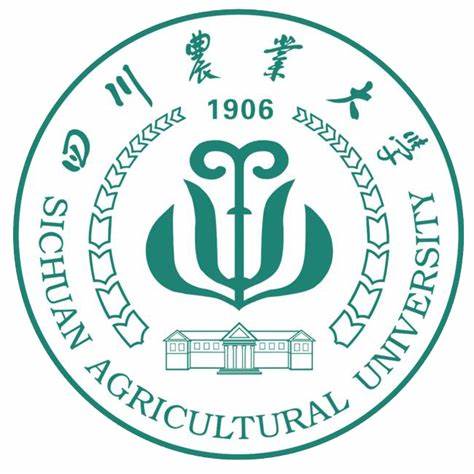FgCWM1 modulates TaNDUFA9 to inhibit SA synthesis and reduce FHB resistance in wheat
作者: 刁圣轩 审稿人:魏育明 时间: 2024-10-30 点击次数:次
https://bmcbiol.biomedcentral.com/articles/10.1186/s12915-024-02007-8
BMC Biology,volume22, Article number:204(2024)
Yazhou Zhang,Danyu Yao,Xinyu Yu,Xinyao Cheng,Lan Wen,Caihong Liu,Qiang Xu,Mei Deng,Qiantao Jiang,Pengfei Qi&Yuming Wei
Abstract
Background
Fusarium head blight (FHB) significantly impacts wheat yield and quality. Understanding the intricate interaction mechanisms between Fusarium graminearum(the main pathogen of FHB) and wheat is crucial for developing effective strategies to manage and this disease. Our previous studies had shown that the absence of the cell wall mannoprotein FgCWM1, located at the outermost layer of the cell wall, led to a decrease in the pathogenicity of F. graminearumand induced the accumulation of salicylic acid (SA) in wheat. Hence, we propose that FgCWM1 may play a role in interacting betweenF. graminearumand wheat, as its physical location facilitates interaction effects.
Results
In this study, we have identified that the C-terminal region of NADH dehydrogenase [ubiquinone] 1 alpha subcomplex subunit 9 (NDUFA9) could interact with FgCWM1 through the yeast two-hybrid assay. The interaction was further confirmed through the combination of Co-IP and BiFC analyses. Consistently, the results of subcellular localization indicated that TaNDUFA9 was localized in the cytoplasm adjacent to the cell membrane and chloroplasts. The protein was also detected to be associated with mitochondria and positively regulated complex I activity. The loss-of-function mutant of TaNDUFA9exhibited a delay in flowering, decreased seed setting rate, and reduced pollen fertility. However, it exhibited elevated levels of SA and increased resistance to FHB caused byF. graminearuminfection. Meanwhile, inoculation with the FgCWM1 deletion mutant strain led to increased synthesis of SA in wheat.
Conclusions
These findings suggest that TaNDUFA9inhibits SA synthesis and FHB resistance in wheat. FgCWM1 enhances this inhibition by interacting with the C-terminal region of TaNDUFA9, ultimately facilitatingF. graminearuminfection in wheat. This study provides new insights into the interaction mechanism betweenF. graminearumand wheat.TaNDUFA9 could serve as a target gene for enhancing wheat resistance to FHB.


